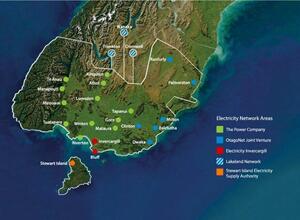https://www.youtube.com/watch?v=ncjOVii4t3M
New Zealand industries are full of energy and innovation, driven by talented people with great skills and ideas.
One of the challenges our industries and sectors face is access to reliable and accurate positioning data. Until now, this has been difficult and costly, leading to missed opportunities and roadblocks to growth. With SouthPAN, this is changing.
SouthPAN augments Global Navigation Satellite Systems (GNSS) to improve the accuracy and reliability of existing satellite positioning and navigation services, such as GPS. Accuracy will improve from 5-10 metres down to sub-metre accuracy, and in some cases, as little as 10 centimetres.
Early Open Services are open access and freely available now to users with compatible GNSS devices.
Download the SouthPAN factsheet for more information:
